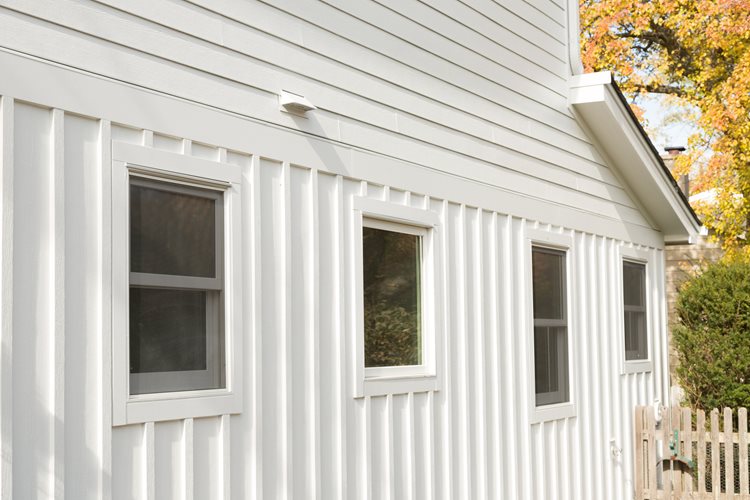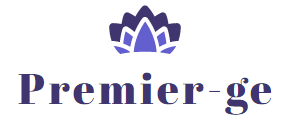What Is Fiber Cement Board?
Fiber cement board is a versatile and durable material utilized extensively in the construction industry. It’s a composite material, consisting primarily of cement, sand, and cellulose fibers. Each of these components brings a unique characteristic to the table, contributing to the overall functionality and resilience of the end product.
Cement, as the foundational substance, lends the board its strength and durability. Sand acts as filler, increasing the rigidity and solidity of the board. Lastly, cellulose fibers, typically derived from recycled paper or wood pulp, improve the board’s flexibility and resilience. Combined, these elements form a robust, weather-resistant material that can withstand a variety of environmental conditions, making it an ideal choice for building exteriors.

The manufacture of fiber cement board involves a meticulous process. The raw materials—cement, sand, and cellulose fibers—are mixed together, before water is added to form a slurry. This mixture is then laid onto a sheet and pressed to create a dense, flat board. After this, the board undergoes a curing process, which strengthens the cement and hardens the board. The final product is a tough, lightweight material that can mimic the appearance of wood, brick, or stone, depending on the finishing techniques used.
Because of its characteristics, fiber cement board is an ideal choice for a variety of applications. It’s often employed in cladding, flooring, and partitioning. Its resistance to moisture, rot, and termites makes it a particularly desirable option for exterior cladding. Additionally, it has excellent fire resistance properties, providing an added layer of safety in building construction.
In essence, fiber cement board is an innovative product that leverages the robustness of cement, the rigidity of sand, and the flexibility of cellulose fibers to provide a durable, versatile, and aesthetically pleasing solution to various construction needs.
However, while fiber cement board offers several advantages, it’s essential to note that it does have limitations. For instance, despite its durability, it can be susceptible to damage from extreme weather conditions over time. It also requires professional installation due to its weight and the precision needed in cutting and handling the material. Understanding these aspects is crucial for selecting the right material for your construction project.
A type of prefabricated siding that safeguards the home exterior is what a fiber cement board siding is. A mixture of materials consisting of sand and fibers made from cardboard is what fiber cement board is formed of. Before using fiber cement siding, know the advantages and disadvantages of this material.
Advantages
For homeowners whose homes are located near beaches or saltwater, they will especially appreciate the fact that this type of siding stands up well. Fiber cement board is a very durable material and can tolerate harsh weather for a number of years. It can withstand a hurricane-level storm as the siding protects the home from wind and rain damage as well as hail.
Fiber cement board is not flammable. Fire is usually somewhere at the top of the list for the many concerns of homeowners. Made up of more than 90 percent of inflammable material for fiber cement. A huge fire ruins fire trucks almost 100 feet away from the flames, but the home build with fiber cement was entirely protected in one reported incident.
The most amazing feature of the material is the look of fiber cement siding. Fiber cement board can look like real, authentic wood planks or wood shingles. To secure the many benefits of fiber cement siding, a homeowner does not have to deduce the traditional look of a home or make it more masculine or femenin. If a color of fiber cement does not suit the home design, the siding can be painted as the siding is also available in different colors.
It also offers complete protection from insects and rotting from fiberboard cement siding. Preventing mold or mildew from growing between the outside and interior wall because the siding has no seams that overlap. This quality minimizes allergen within the home thus, extra protection for homeowner’s family. Fiber cement board has all the advantages of other sidings with few disadvantages.
Disadvantages
It is costly when installing a fiber cement board siding. Because fiber cement requires more manpower to deliver and install, labor costs are expensive. It can be two to three times higher than aluminum or vinyl siding for installation cost alone. Engaging in fiber cement siding might not be ideal if a homeowner is planning to sell within the next five years.
Fiber cement siding has to be repainted contrasting to aluminum or vinyl siding. The siding does needs painting after some time although the paint job lasts longer than usual, mostly about fifteen years. However, when choosing this type of siding, the task of painting fiber cement should be assessed.
Who should use fiber cement board?
Fiber cement board is a resourceful material that finds use among various groups for different purposes. Let’s explore the main categories of users who can benefit from this material:
- Homeowners: Fiber cement board is ideal for individuals seeking a sturdy, cost-effective, and visually appealing material for their home exteriors. It’s particularly beneficial for those living in harsh climates, given its resistance to common environmental threats such as rot, fire, and termites. Homeowners looking to replicate the aesthetics of wood, brick, or stone without the high cost and maintenance would also find fiber cement board an appealing choice.
- Professional Contractors and Builders: For those in the construction industry, fiber cement board is a go-to material for a variety of applications, including exterior cladding, interior partitions, and flooring. Its adaptability, durability, and low maintenance make it a popular option in commercial and residential construction projects alike.
- Architects and Designers: With its ability to mimic different finishes, fiber cement board offers a wide canvas for creative expression. Architects and designers can leverage this versatility to create distinct, aesthetically pleasing structures that stand the test of time.
- Property Developers: For those engaged in property development, fiber cement board provides a balance between quality and cost-effectiveness. Its longevity and minimal maintenance needs can help reduce long-term costs, adding to the property’s value and appeal.
- Disaster-Resilient Construction Advocates: Given its impressive fire-resistant and weather-resistant properties, fiber cement board is a wise choice for those promoting or engaged in disaster-resilient construction, such as in fire-prone or hurricane-prone regions.
Remember, despite its numerous advantages, fiber cement board does come with certain considerations. It requires professional installation and can be prone to damage over time in extreme weather conditions. Thus, it’s essential to evaluate the specific needs and context of a project before deciding to use fiber cement board.
HOW MUCH DOES FIBER CEMENT SIDING COST?
Fiber cement is long lasting and provides excellent overall value. Generally, it costs less than brick, synthetic stucco and some wood siding options. It’s typically equally or less expensive than hardboard or composite siding, and more expensive than vinyl but keep in mind that it is very durable and easy to pressure wash and keep clean.
Final thoughts on Fiber Cement Board SidingIn summary, fiber cement board siding emerges as a superior choice for many homeowners, builders, and architects due to its amalgamation of durability, versatility, and aesthetic appeal. This composite material, combining cement, sand, and cellulose fibers, presents an innovative solution to common construction challenges.
A striking advantage of fiber cement board siding is its robustness. It stands up well to a variety of environmental hazards, including moisture, fire, and insect damage, offering a longevity that few other materials can match. When correctly installed and maintained, this material can last for decades, making it an investment that often pays for itself over time.
Equally compelling is its versatility. Fiber cement board can be manufactured to mimic a range of textures and appearances, such as wood, brick, or stone. This adaptability allows it to seamlessly blend into a variety of architectural styles, offering homeowners and designers a significant degree of creative freedom.
Nonetheless, the use of fiber cement board siding isn’t without its considerations. It’s a heavier material, which means it requires professional installation to ensure it’s properly fitted and secured. Moreover, despite its durability, it can suffer from wear and tear over time in extreme weather conditions.
That said, when we consider the whole spectrum of attributes—its resilience, flexibility in design, cost-effectiveness in the long term, and eco-friendly nature with the use of recycled components—fiber cement board siding indeed emerges as a formidable contender in the realm of construction materials. As with any building component, understanding the nuances of its strengths and weaknesses is paramount, thereby ensuring it’s utilized in contexts where its benefits can be fully harnessed.





